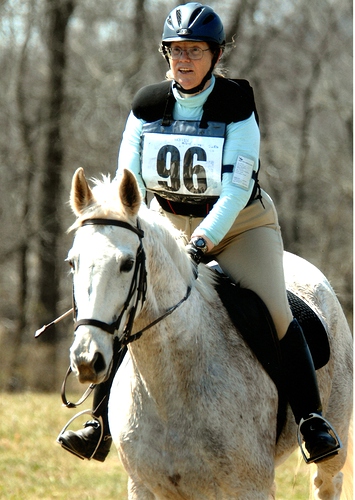So with this drop, you would use a longer bit than you normally would so the leather strap holds down the bit’s bars and lets the ring slide? Also, would this incline the loose ring to pinch skin more easily? I don’t use loose rings, so maybe this is just hearsay anyway (that loose rings pinch…dunno)
Ok…so, how do you signal ‘little’ things to the horse’s mouth when the bit is always engaged … little releases one side or the other or both.
Does the drop noseband work better with a mullen mouth, i can kinda see how it would work ok with a mullen…or maybe a double snaffle. But do you also use it with a single snaffle bit?


